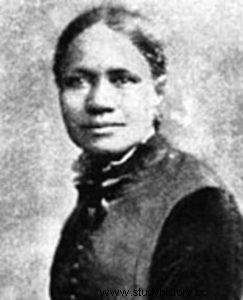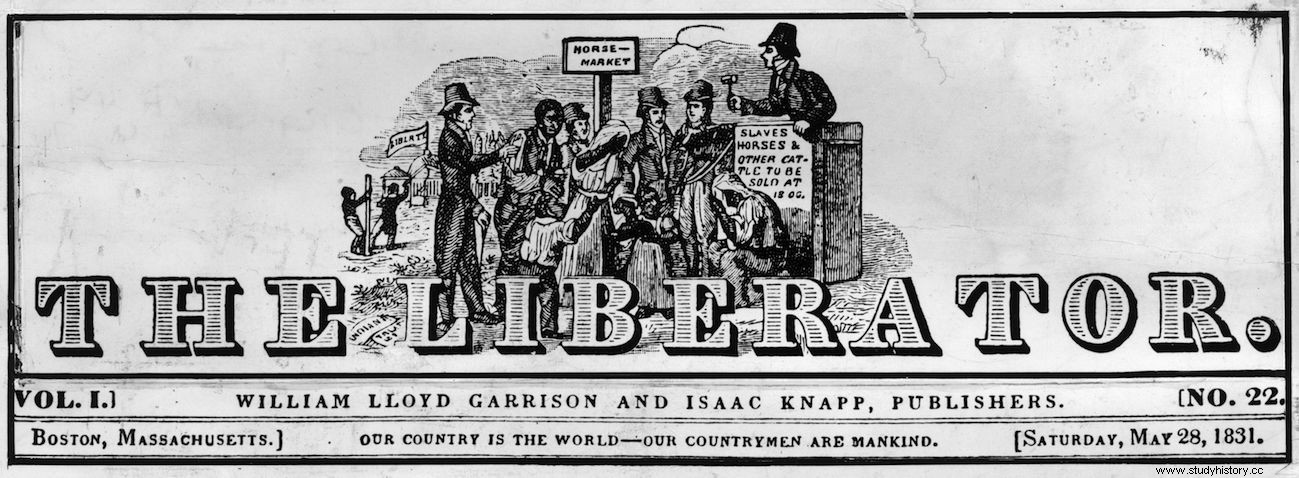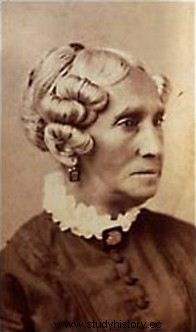There are no chains as heartbreaking as those of ignorance – Maria Stewart
In 2016, the activist and political scientist Hilary Shelton said the following, referring to the situation of the black minority in much of the United States:“Education is the great leveller, it is that escape ladder from poverty that allows true and full participation in society. Today that education remains largely out of reach ”. The appointment takes place even after Barack Obama had been elected President of the United States. That is why the figure of any of the abolitionists of the 19th and early 20th centuries is so extraordinary, and even more extraordinary if they were women -it is essential to highlight the names of Jarene Lee, Julia Foote, Amanda Berry Smith or Sojourner Truth-. And among all of them, the figure of Maria Stewart stands out with her own light. Maria fought for those of her race and for those of her sex, at a time when she had four major handicaps:
she was a woman, black, a widow and, when she began her political activism, very young.

Maria Stewart she was born in 1803 in Hartford, Connecticut (USA). We do not know the name of the parents or their occupations (we know that they were not slaves and that María was born free), but we do know that at the age of five she became an orphan, entered an orphanage, and later began to work as a servant in the house of a clergyman until the age of fifteen. She there she learned, in a more or less self-taught way, to read and write.
She was an essayist, lecturer, and activist for black and women's rights. she was the first black speaker to speak before a mixed audience, of blacks and whites, as well as men and women (Boston, 1830) at a time when no woman, white or black, ventured to give lectures of any kind, except for a sermon of a religious nature and very exceptionally. In 1826 she married James W. Stewart , a forty-four-year-old veteran of the 1812 war of independence from England. He was a fishing vessel merchant, the married couple being part of a small minority of Bostonians:the black middle class. In 1829 her husband died, and despite the fact that he had left her an important sum, she had to litigate for years to legally take over her inheritance. To survive, she had no choice but to return to domestic service.
After the death of her husband, Maria suffered a strong religious conversion, dedicating her life ever since to God and to the fight for freedom. Something that she interprets as part of the same thing, since one of her proclamations was that " for God all souls are equal and have the same value ”. At that time, abolitionism had enormous force, and one of its "popes", William Lloyd Garrison , invited all those women of African origin to take a step forward and demonstrate for the cause through their newspaper The Liberator . Maria Stewart picked up the gauntlet, contributing two of her essays that were accepted for publication and had a huge impact. Her first publication, called “Religion and the Pure principles of morality ” (Religion and the pure principles of morality) called for rebellion against slavery in those states where it still existed (basically southern states) and against the discrimination practiced in northern states. In addition, in this essay she collected her concern for education, a concern that will mark all her articles and even her life, dedicating her last years to teaching. She also encouraged other women to join the fight and not get lost in “mountains of pots and pans ”. From her articles and conferences, she proclaims learning and action, considering that both feed off each other and are useless one without the other.

She was also extremely harsh on black men, whom she blamed for much of the situation on her own race, calling them little more than "cowards" and "frivolous", saying that they themselves chose any kind of entertainment. stupid rather than dedicate that time to training to be able to fight with the weapons of knowledge in the face of problems and the burdens of discrimination. These types of opinions, expressed in public, were partly responsible for her abandoning her lectures and her "militant" activism in 1833, since then focusing all her efforts on teaching and helping the community. .
She moved from Boston to New York, Baltimore and finally to Washington, where she died while she was working as head nurse at Freedmen's Hospital in 1879.

It is important to note that, in any case, we cannot qualify Maria Stewart as both an abolitionist and an activist. Which, on the other hand, is much more important. Maria not only fights to eliminate slavery, but for equal rights between whites and blacks, and between men and women. And she does it without fear, raising her voice. Maria, along with her fellow abolitionists, represent the first step that culminates in Martin Luther King's fight for civil rights in the 1960s.
It also declares that a people without education is condemned to slavery, to ignorance, to extreme dependence, and fights for access to it when in many states those who dared to teach a slave to read and write. María Stewart's speech was not only pertinent and necessary, but, as indicated in the text that heads this article, she has not ceased to be.
Collaboration of Maria Valero
Sources:The First Black Feminist-Abolitionist in America
